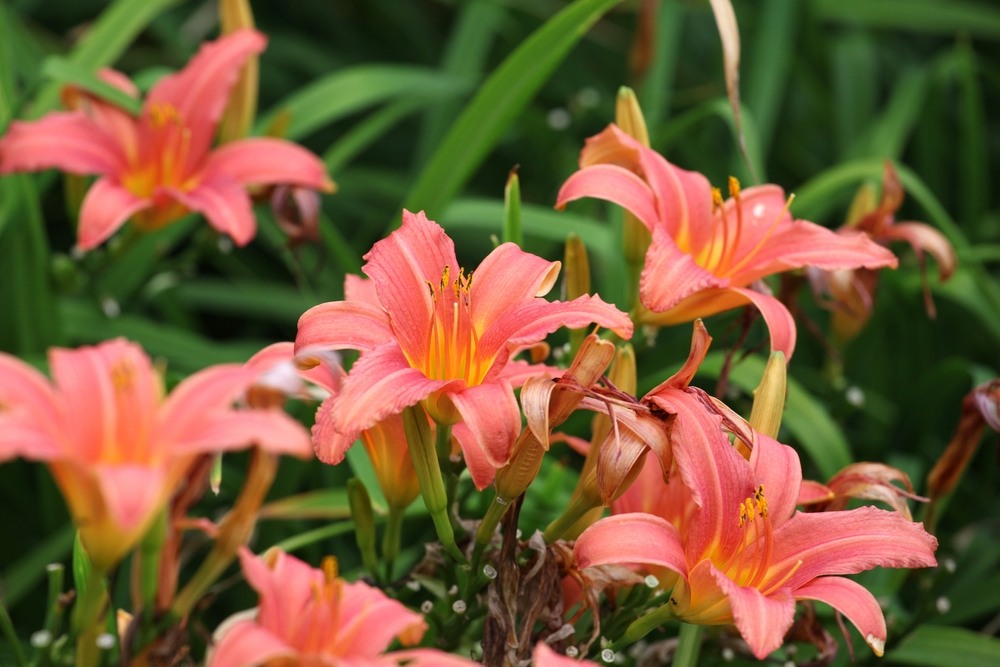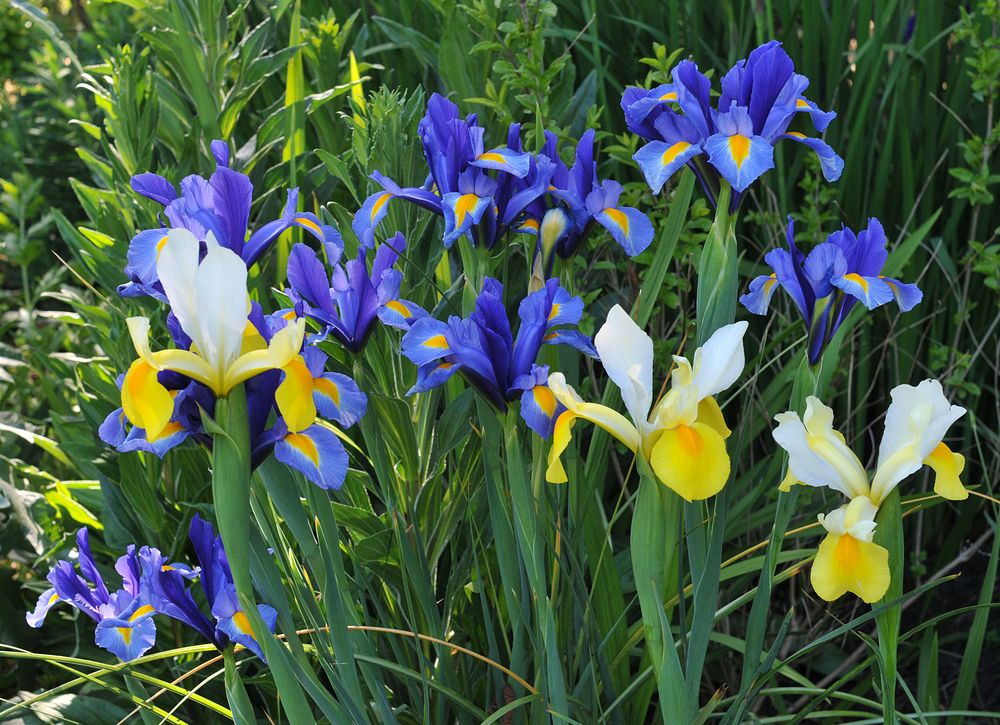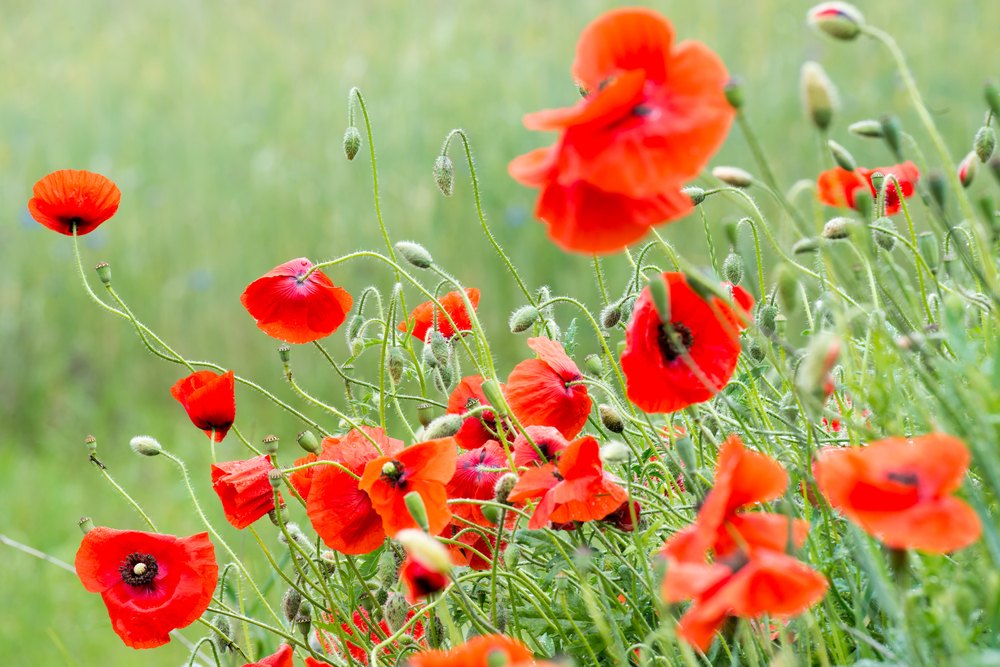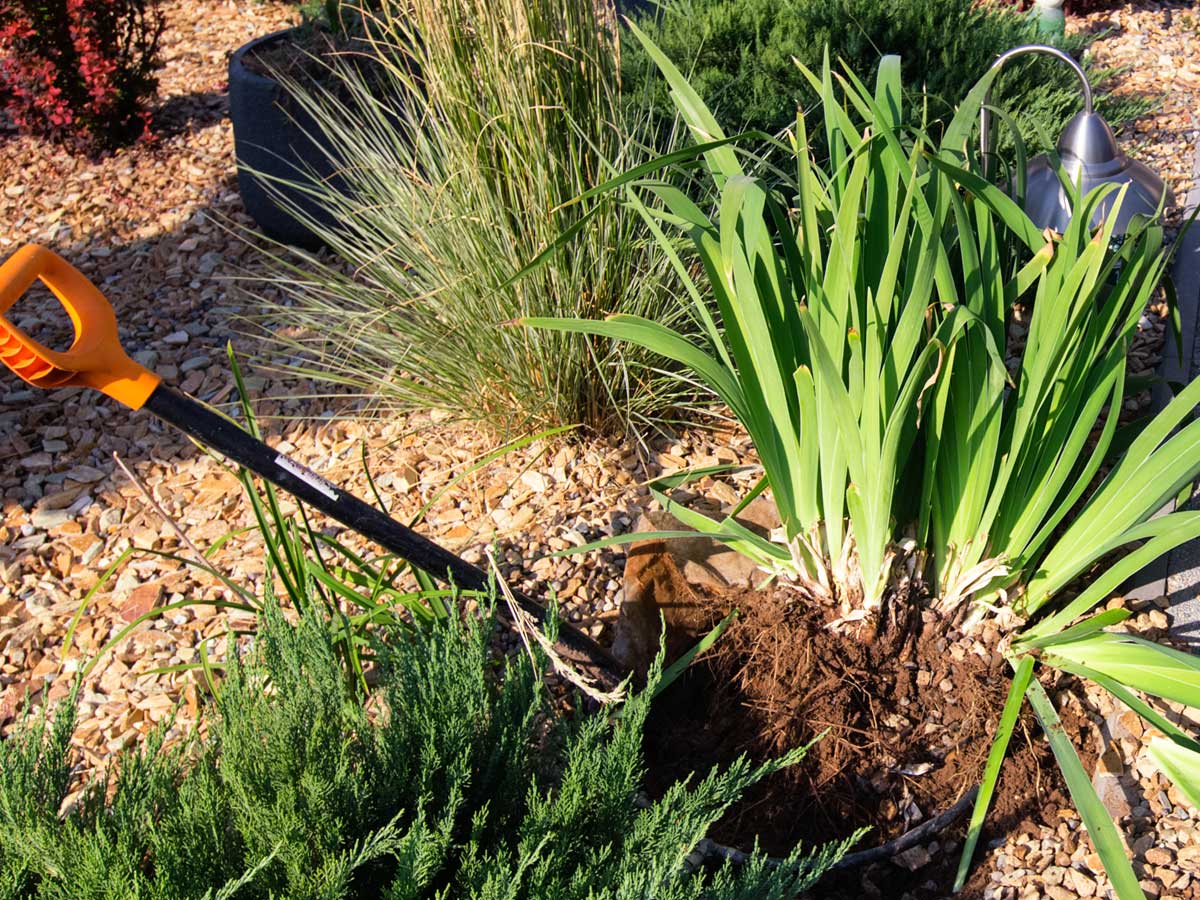Gardening enthusiasts, rejoice! Summer is the perfect time to divide some of your favorite perennials and multiply your garden’s beauty without spending a dime.
Dividing perennials not only helps rejuvenate the plants but also gives you the opportunity to share the love with friends and family.
In this blog post, we’ll focus on three popular perennials: Daylilies, Irises, and Poppies.
Let’s dive into the world of plant division and discover how you can create a lush, vibrant garden with minimal effort.
Why Divide Perennials?
Before we get into the specifics of each plant, let’s talk about why dividing perennials is beneficial:
- Rejuvenation: Over time, perennials can become overcrowded, leading to reduced blooms and vigor. Dividing them helps rejuvenate the plants, encouraging healthier growth and more abundant flowers.
- Propagation: Dividing perennials is an easy and cost-effective way to propagate your favorite plants. You can expand your garden or share the divisions with friends and family.
- Disease Prevention: Dividing and replanting perennials can help prevent diseases and pests that thrive in crowded conditions.
Now, let’s get into the nitty-gritty of dividing Daylilies, Irises, and Poppies.
Daylilies (Hemerocallis)

Daylilies are a gardener’s delight, known for their vibrant blooms and low maintenance. These hardy perennials can thrive in a variety of conditions, making them a popular choice for gardens of all sizes.
When to Divide
The best time to divide Daylilies is in late summer to early fall, after they have finished blooming. This timing allows the plants to establish roots before the winter.
How to Divide
- Prepare the Area: Choose a cool, cloudy day to minimize stress on the plants. Water the Daylilies thoroughly a day before you plan to divide them.
- Dig Up the Clump: Use a garden fork or spade to carefully dig around the Daylily clump. Lift the clump out of the ground, being careful not to damage the roots.
- Separate the Fans: Gently shake off excess soil and use your hands or a sharp knife to separate the clump into smaller sections. Each section should have at least three fans (leaf clusters) and a healthy root system.
- Replant: Replant the divisions immediately, spacing them about 18-24 inches apart. Water them well and mulch to retain moisture.
Care Tips
- Watering: Keep the newly divided Daylilies well-watered until they are established.
- Fertilizing: Apply a balanced fertilizer in early spring to promote healthy growth.
- Mulching: Mulch around the plants to retain moisture and suppress weeds.
Irises (Iris spp.)

Irises are known for their stunning, sword-like foliage and beautiful blooms. These perennials are a favorite among gardeners for their striking appearance and ease of care.
When to Divide
The ideal time to divide Irises is in late summer, about six weeks after they have finished blooming. This allows the plants to recover and establish roots before the winter.
How to Divide
- Prepare the Area: Choose a cool, cloudy day and water the Irises thoroughly a day before dividing.
- Dig Up the Rhizomes: Use a garden fork or spade to carefully dig around the Iris clump. Lift the clump out of the ground, being careful not to damage the rhizomes (thick, horizontal stems).
- Separate the Rhizomes: Gently shake off excess soil and use a sharp knife to cut the rhizomes into smaller sections. Each section should have at least one fan of leaves and a healthy portion of rhizome.
- Trim the Leaves: Trim the leaves to about 6 inches in length to reduce water loss and stress on the plant.
- Replant: Replant the divisions immediately, spacing them about 12-18 inches apart. Water them well and mulch to retain moisture.
Care Tips
- Watering: Keep the newly divided Irises well-watered until they are established.
- Fertilizing: Apply a low-nitrogen fertilizer in early spring to promote healthy growth.
- Mulching: Mulch around the plants to retain moisture and suppress weeds.
Poppies (Papaver spp.)

Poppies are beloved for their delicate, papery blooms and vibrant colors. These perennials add a touch of whimsy to any garden and are relatively easy to care for.
When to Divide
The best time to divide Poppies is in late summer to early fall, after they have finished blooming. This timing allows the plants to establish roots before the winter.
How to Divide
- Prepare the Area: Choose a cool, cloudy day and water the Poppies thoroughly a day before dividing.
- Dig Up the Clump: Use a garden fork or spade to carefully dig around the Poppy clump. Lift the clump out of the ground, being careful not to damage the roots.
- Separate the Clump: Gently shake off excess soil and use your hands or a sharp knife to separate the clump into smaller sections. Each section should have a healthy root system and a few leaves.
- Replant: Replant the divisions immediately, spacing them about 12-18 inches apart. Water them well and mulch to retain moisture.
Care Tips
- Watering: Keep the newly divided Poppies well-watered until they are established.
- Fertilizing: Apply a balanced fertilizer in early spring to promote healthy growth.
- Mulching: Mulch around the plants to retain moisture and suppress weeds.
Conclusion
Dividing perennials like Daylilies, Irises, and Poppies is a rewarding and cost-effective way to enhance your garden.
By following these simple steps, you can ensure that your plants remain healthy and vibrant, while also creating new plants to share with friends and family.
So, grab your gardening tools and get ready to multiply the beauty in your garden this summer!




